Media | Articles
ECD’s Classic British SUVs are Wisely, Minorly Modernized
The first time I saw a Range Rover, I was ten years old, peering out of the back seat windows of our 1978 Plymouth Volaré, waiting in line to be dropped off for the first day of school. I still remember how the Plymouth’s oven-hot plastic seats burned my skin, and the smell of the air inside our car—it reeked of floorboard fungi fueled by the perfect conditions of mystery roof leak water and Chrysler Corporation shag carpeting.
Our car smelled like cheese and the FM radio only seemed to work on even calendar days. These new, seemingly alien vehicles—the model was later named the Range Rover Classic by the factory—were adorned with aromatic, soft leather complemented by contrasting piping. The driver and passengers inside had perfect cotillion-like posture while sitting much higher than what appeared to be necessary. These Range Rovers even had something called “CD changers,” which played a multitude of compact discs … from the back of the car.
Now, 30-ish years later, I grab my son from the pick-up line in a Range Rover, a 2008 Supercharged model. However, our truck doesn’t cause any 10-year-olds to crane their necks out of back-seat windows. In the eyes of my son and his generation, it’s just a 15-year-old SUV that does this neat thing where it can raise itself up and down with the press of a button. For me, however, it feels special because it retains many characteristics of the Land Rovers I first admired: green gauges, a symmetrical dashboard, contrasting piping on the soft leather seats, the same general boxy geometry. Would I have preferred to carry on the school pick-up custom in a Classic? Absolutely, but for most auto enthusiasts, the Venn diagram of availability, reliability, and feasibility rarely has Range Rover Classic in the center. So far, my 2008 Supercharged has been a successful attempt to create that intersection.
If you are not most auto enthusiasts, and have money to spare, Florida-based ECD (formerly East Coast Defenders) will help you consolidate that Rover Venn diagram into one tight circle. ECD’s take on the Classic aims to grab the attention of people like myself, who grew up around the first-generation Rovers and wish to relive those early luxury experiences with added reliability and more personal touches.
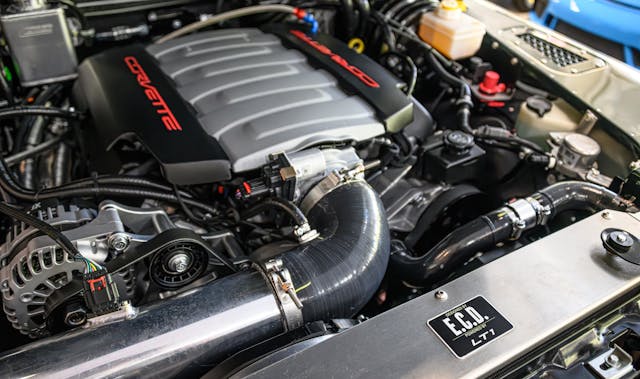
Land Rover’s original target demographic was well-to-do tradesmen and farmers who had outgrown their extremely utilitarian Series I and II tractor-like trucks. Originally conceptualized as “A Car for All Reasons,” the first Range Rover was revealed in 1970 as a three-door Ford Bronco-inspired truck with seating for five and a towing capacity of just under 4 tons. The new Rover’s comfort and surprising on- and off-road capabilities were quickly appreciated by wealthy, clear-scheduled outdoor hobbyists and enthusiasts seeking to comfortably arrive at their favorite ski resorts and remote hunting lodges.
Marketplace
Buy and sell classics with confidence
Word of the truck’s prowess quickly spread overseas, where aristocrats in bygone British colonies snatched up as many as they could to handle the rigors of poor roads and still-developing infrastructure. Many of those new owners would never set foot on a pedal, as the most elite Rover owners preferred to be chauffeured than to drive themselves like the commoners. To satisfy this burgeoning foreign market, independent limousine upfitters and coachbuilders took it upon themselves to elongate the plucky three-door Rovers into a chauffeur-able amalgamation fit for African, Middle Eastern, and Southeast Asian royalty.
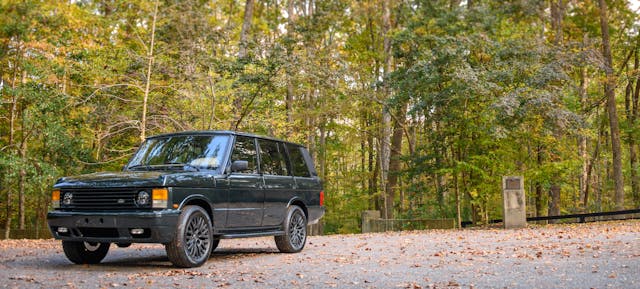
One of those coachbuilders was Monteverdi, a small-batch Swiss luxury car brand born from a racing engine repair relationship with Ferrari and Lancia, which saw limited success in the 1960s. In the mid-1970s, Monteverdi found a little niche in the newly established SUV market with its Safari, a rebodied and well-appointed International Harvester Scout. The Safari was of comparable three-door Rover size and came standard with a Chrysler 5.2-liter V-8. It was said to be optionable with the enormous and as-of-that-moment surplus 7.2 big-block, which was a casualty of America’s contemporary Clean Air Act legislation.
When Monteverdi began offering the stretched Rovers alongside the Safari, buyers flocked to their English counterpart, despite the Safari’s clear performance advantages and novelty luxe items, like power windows and softer interior trim.
The success of the elongated Range Rover soon caught the attention of Land Rover— newly independent of British Leyland—whose endorsement of the longer wheelbase refashioning was so strong that the original factory warranty was courteously extended to owners of Monteverdi-modified examples. The two companies became unlikely sales partners in 1978, whereupon five-door, Italian-built Monteverdi Range Rovers could be purchased directly from British Land Rover dealerships.
In 1981, Land Rover began to roll full-size Ranges off its own assembly lines, signaling the beginning of the end of the Monteverdi Rover era (the latter’s expensive Volaré-based Sierra sedan certainly didn’t help). By then, the altruistic Swiss company had already done most of Land Rover’s heavy lifting in the five-door branding and marketing department, creating a sales segment in wealthy automotive markets where the Safari had done well. Securing orders for the future “Classic” was a breeze.

When the boxy, original Range Rovers of the ’80s and ’90s were finally phased out of production, they briefly shared the same assembly line with their successor, the P38 Range Rover. The newer, more square-bodied truck offered an updated drivetrain and more luxe bits but never seemed to recapture the magic of the Classic. Horror stories of electric gremlins and dealer floor models having to be pushed out of the showroom directly into service bays would malign the brand for years, leading many long-time Rover evangelists to abandon their enthusiasm for more reliable options.
Into that void steps ECD Automotive Design, a Kissimmee, Florida–based company that first made a name for itself building bespoke Defender trucks for clients all over the world. After hand-building a large number of stunning, highly individualized vehicles, ECD plotted out its next move. Aptly, it bet that the next generation of Land Rover enthusiasts would be people like me—the backseat dreamers of the early ’90s.

The company’s roots trace back to 2012, when co-founder Tom Humble moved to the U.S. from Britain, taking a job in Florida with Volkswagen and Porsche, where he focused on dealer training. Humble’s parents had preceded him in the Sunshine State, a place the Humble family had enjoyed holidays for years.
The Humble family had a rich history of personal garage tinkering with various English vehicles, and when it was time to make the move across the Atlantic, Tom decided to bring along two previously tinkered family Defenders for the cool factor alone. Original as they came, Humble realized his 1983 model with a four-speed manual wasn’t an ideal fit for busy, sometimes unreasonable Florida traffic, so it was soon relegated to eBay for sale.
“I remember people coming to view it in my little garage, in the apartment complex where I lived, and after it sold, people kept contacting me. Can you find me one? Can you bring one in?” Humble says.
From there, the “I want ones” and the “Do you have any mores” turned into “When you find one, can you do this to it, or can you do that to it?”
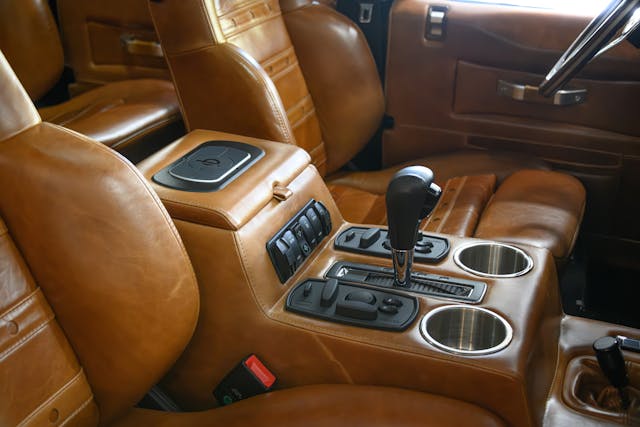
Sensing that the surprising attention and demand from one eBay listing could turn into something much bigger, Humble began planning early individual builds in his free time with available parts and the few resources he had located in his new area. There were some build aspects that necessitated outsourcing, but the goal was to finish projects with as little outside help or influence as possible.
As word got out and demand increased, Tom’s brother Elliot was brought into the fold. Elliot was working for a university in England and had become his brother’s parts lifeline; he’d bring original Land Rover bits and pieces in his luggage when he’d visit the family in Florida.
The brothers got busier and busier and the “reading weeks” Elliot used as excuses to get away from university work became more frequent.
It was on one of these trips when the brothers attended a dinner party hosted by Scott Wallace, a friend and fellow British transplant with a background in private equity. Upon their arrival, Tom Humble remembers Wallace and his guest’s reaction to their blacked-out Defender’s commanding presence and driveway demeanor.
“Scott had never seen one in the U.S. before and was kind of taken aback. We spent the rest of the night drinking Coronas and talking about Defenders.”
As the evening progressed and the two talked cars, Wallace subtly proposed what Humble felt was a dare: “If you want to do this properly, quit your job, and get rid of your safety net. If you do, I’ll grow it with you.” In less time than it took for the original Range Rover to be declared a Classic, Wallace and the Humble brothers were verbally in business.

Their first step toward incorporation occurred in an unlikely place. The trio’s preeminent business meeting was an impromptu, hours-long get-together in a mid-Florida Wawa convenience store, where the first order of business was buying out Elliot’s position at Leeds University and making him CTO. Scott would serve as CEO and Tom as CXO—the Client Experience Officer, encompassing sales, customer service, and overall experience.
A U.K.-based node would allow ECD to source and maintain a steady supply of solid vehicles and parts that could be exported to the U.S. to satisfy new orders, a plan which ultimately allowed the company the advantage of sidestepping many issues other businesses had during the pandemic.
By the end of 2013, ECD employed four craftspeople. Wallace’s original dinner party dare had turned serendipitous by 2021, as Land Rover Defenders were the second-most imported vehicle into the United States, bested only by the venerable R32 Nissan GT-R. Today, ECD has 80 employees working side-by-side in a sprawling facility in Kissimmee, and the company is publicly traded via NASDAQ.
A primary company ideal dating back to Tom Humble’s initial builds included no outsourcing. Having in-house upholsterers, electricians, engine builders, and other craftspeople would allow ECD to directly manage the adventurous build timelines and quality-control benchmarks the trio believed would be paramount to their success. This business model allows trucks to be built completely in-house within a 16-day period, with each stage of manufacturing lasting four days. Quality control can be more closely scrutinized, with hand-picked parts and materials approved from within. To bring the customer directly into the manufacturing process, clients can request daily updates and are able to watch their trucks throughout every stage of the build via ECD’s in-shop webcams.
Shifting from their wildly successful Defender builds, Humble and his team moved into the Classic realm with an emphasis on providing their clients with a more refined, confident model that harkens back to the original Range Rover concept. Currently, the Classic makes up a little more than 10 percent of ECD’s build schedule.
“In my mind,” says Humble, “the Classic encapsulates Old World luxury, go-anywhere ability, and with our touch, a new sense of reliability and quality. It is a superb family vehicle, especially the LWB version with the huge amount of space for rear passengers.” It excels in modern school pick-up line comfort and efficiency, in other words.
“I’ve a 2019 Range Rover SV,” he continues. “Once the kids’ seats are in the back they can hardly climb in, whereas when I put the seats in my 1993 LSE they can climb in with backpacks, the dog, and anything else they wish, and still have plenty of room.”
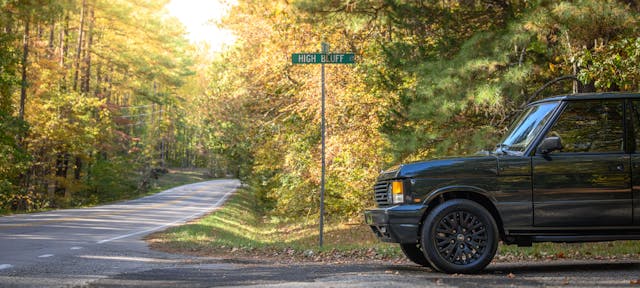
All ECD builds are given unique project names by clients and their families. When I joined Tom Humble and his team in Raleigh, North Carolina, on a pre-SEMA leg of ECD’s outreach event tour, graciously hosted by Carolina Exotic Car Club, I was greeted by “Project Mercer,” a 1995 Range Rover Classic painted in a glossy Epsom Green. This particular truck’s namesake came from its original destination on Mercer Island, in the Seattle area. Noted in a very factory-looking door-jamb nameplate, “Project Mercer” was ECD’s 271st build.
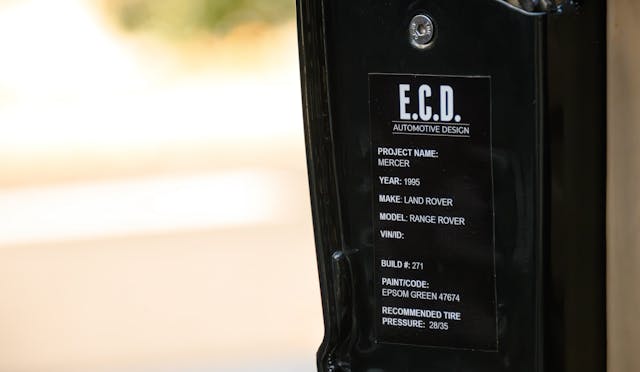
Names aren’t just a reflection on the truck; they also reflect the personality of the owner. As Humble recalls: “We had a client send us his RRC, which he had owned for many years with great memories, which he wanted to rebuild and use again with his family. He told us that it always had a funny smell about it, so he struggled to convince people to use it anymore with him. We shipped the vehicle over to our Florida HQ from California, and once we started tearing it down, we found several dead rats in the air ducts. It was horrendous.
“When we informed the client, he laughed and named the new build Project Stinky. It was rather odd doing a voiceover for one of our new builds and saying in my fake posh English accent ‘This is Project Stinky’.”
As I began to familiarize myself with Project Mercer, my initial walk-around proved highly nostalgic. Those door handles (originally a British Leyland parts bin item first seen on the Allegro, but more courteously remembered as being fitted to the Lotus Esprit), the round, sealed-beam headlights, and my favorite underbite-y square taillights that peer out meekly from each corner; it all felt like a fall afternoon in the middle school pick-up line.
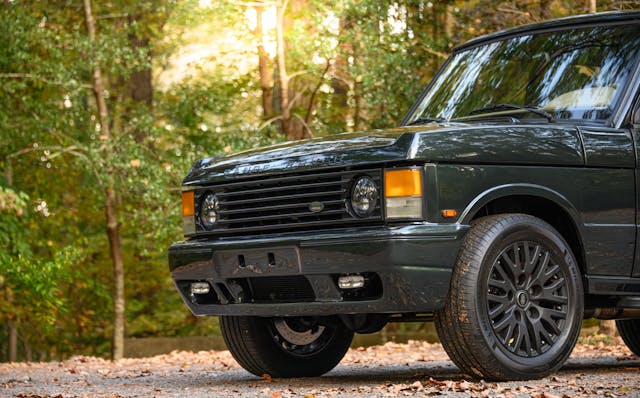
In contrast to untouched, stock Classics, ECD’s truck has a more confident, highway-worthy stance. In both upper and lower suspension positions, the wheels fit perfectly within the unmodified fenders, thanks to compatible axles from its wider Defender cousin, while red Brembo calipers mated with drilled rotors peek through the black, age-appropriate wheels. The addition of functional running boards hides the oversized stainless exhaust needed to allow the supercharged LT4 V-8 to exhale, and they also add a nice mid-wheel line to the truck’s originally optioned long wheelbase. If you’re not familiar with the Classic in its original form, you won’t find too many obvious exterior cues to indicate that this truck is different.
On the inside, many of the original analog Range Rover characteristics that could very easily have been ditched for touchscreen controls are preserved, ceding the sole digital controls to the well-placed iPad-like infotainment system. The original Land Rover analog clock, four-position fan switch, and round temperature/vent control switches remain as a throwback to a time when people pressed spring-loaded buttons and moved tensioned mechanisms.
An upgraded analog dash gauge cluster that could have very easily been mistaken for factory equipment provides only essential information, and the steering wheel remains true to its original form. It is a welcome sight in a world that’s all too keen to go digital. One subtle, electronic Easter egg is an added blind-spot detector, which incorporates small, camouflaged lights into the midsection of the A-pillars.
I am so conditioned to my own truck’s one-touch ignition that at start-up in the ECD Classic, I (embarrassingly) did not hold the key in the starting position long enough for the engine to catch. It was the first note the truck had given me that it wasn’t going to do everything for me—that I needed to pay attention.
The second note came immediately after, when the supercharged LT4 sprang to life, giving a pleasant truck-wide shake that quickly settled to a low but noticeable rumble.
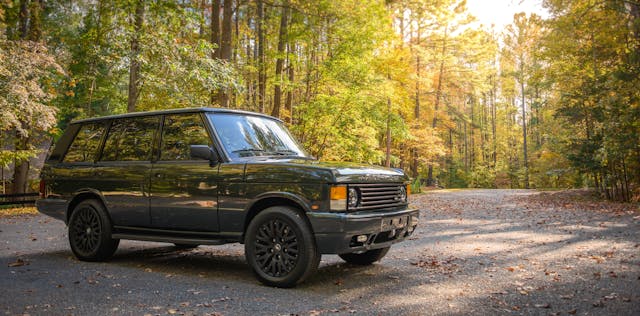
On the road, the truck provided all of the handling feedback I needed to make good decisions. Its wide Defender-based stance gave manageable cues when I was testing cornering limits, with just enough body roll to feel where the truck wanted to go next. When my foot came off the pedal after heavy acceleration, the transmission hovered perfectly in the higher rpms, almost asking, “Are we doing this or not? Because we can absolutely do this.” Braking came naturally and required no distance or pressure adjustments compared with what I was used to in my more modern truck. The Brembos’ responsiveness was a friendly reminder that they were there whenever I needed them.
The Corvette-emblazoned LT4 powerplant gave the same vibe. This isn’t a truck that feels like it should be driven flat out all the time, but if you need to pass that beige Camry lingering on the short highway on-ramp, you’ll have an absolute ball doing so, and the supercharger whine will keep you looking for similar opportunities. When cruising at regular highway speed, the historically smooth feel of a V-8 Land Rover is still present. Along with the creaky leather and tight door closings, the sounds all blend perfectly to create the auricular sentimentality I was hoping for.
The one thing I always take time to appreciate when experiencing a restomod is its sensory aspects. For better or for worse, from vehicle to vehicle they’re all different. Project Mercer was special in the sense (pardon the pun) that it was the first 28-year-old vehicle I had ever driven that smelled like a new car. Not a freshly cleaned car with an obviously chemical new-car scent; it smelled like a genuinely new car.
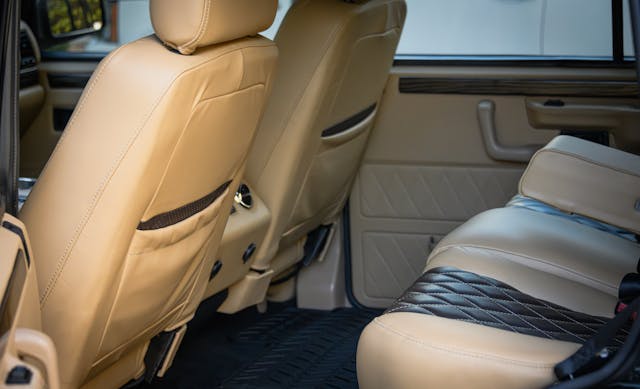
ECD sources much of its leather from Poltrona Frau in Italy, a company with so many color and texture offerings that, according to Humble, “You can basically pick out the cow.” In Mercer’s case, the leather choice was a simple sandy tone with contrasting chocolate middle seat panels, which coordinated well with the overall original look of the interior. It was soft with precise stitching, which still retained a rich, worn-in creaky sound when shifting in your seat; that’s a hallmark of the Land Rover driving experience.
As trends go, it’s easy to say a style has come back into favor simply because it has been rediscovered by a new generation. That enough time has passed for the originality and attractiveness of that particular thing to come into fashion once again; that it has become a “classic.” With auto-enthusiasm trends, however, it never seems to be that simple.
For a vehicle to be labelled culturally as “classic,” time must pass, details must be debated and scrutinized, and an appreciation should be widely recognized for the contribution that vehicle has made to engineering, nostalgia, and design. One cannot simply do as Land Rover did one morning in 1994, when, as the next-gen P38 Range Rovers rolled down the assembly lines alongside their sharp-angled, round headlight predecessors, the company retroactively declared all pre-P38 Range Rovers to be “Classics.”
Time and progress march on, and the things we once loved are never remanufactured—successfully, anyway—from scratch. For us, automotive enthusiasts of the world, nostalgia is more nuanced. My preference for a 2008 Supercharged instead of the nearly identical 2010, with the latter’s added digital displays, engine power, and trim options, has made me a believer that our willingness to sacrifice modernity for the everyday feelings and visuals of our past is what fuels the next generation’s enthusiasm. We send out deep roots from the cars we grew up with; we want to be the people who drove them, a sentiment with which Tom Humble is familiar.
“Many of our clients who have commissioned our RRC builds have a history with them, a common story being that their parents had one when they were growing up and had fond memories attached. Some have actually been brought to us by the client as that exact surviving vehicle from their childhood.”
For a day, I got to experience a history I had dreamed of as a kid, with perfect driving posture.
And finally, to the person who recently purchased an exact middle-school Brandis-spec 1978 Plymouth Volaré for $7200 via Bring A Trailer, I sincerely hope whatever fulfillment you’re looking for is dry, and fungus-free. And that maybe, just maybe, you are reading this on a Commodore 64.
***
Check out the Hagerty Media homepage so you don’t miss a single story, or better yet, bookmark it. To get our best stories delivered right to your inbox, subscribe to our newsletters.









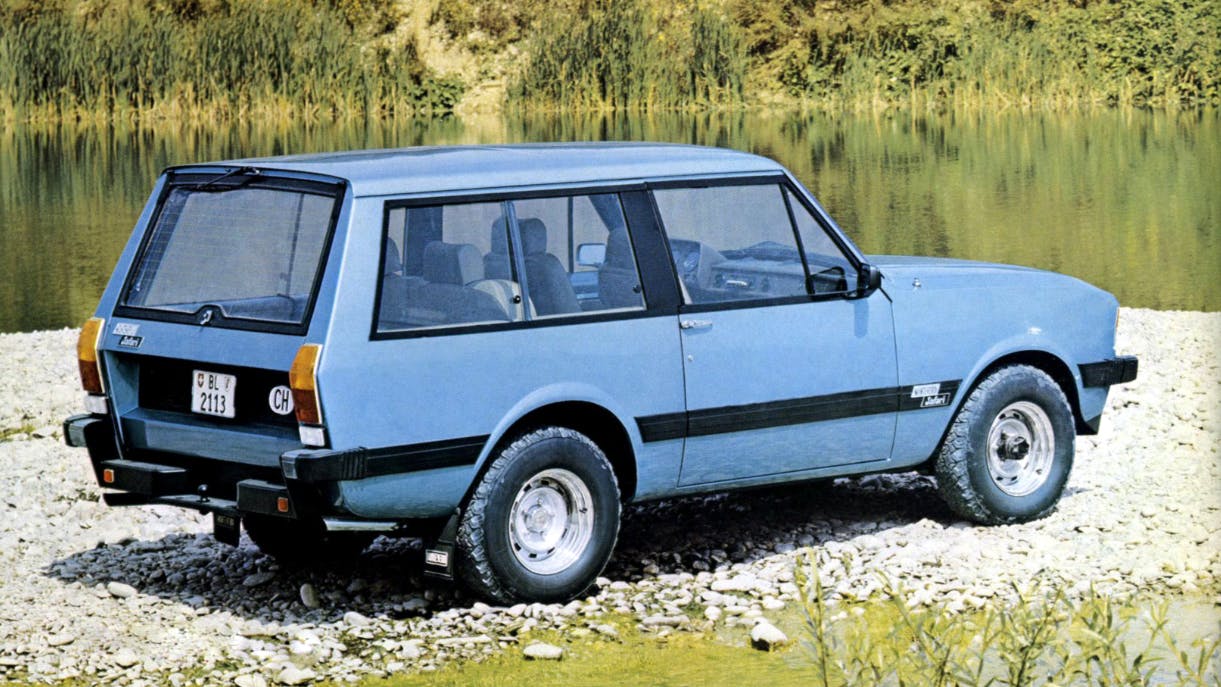
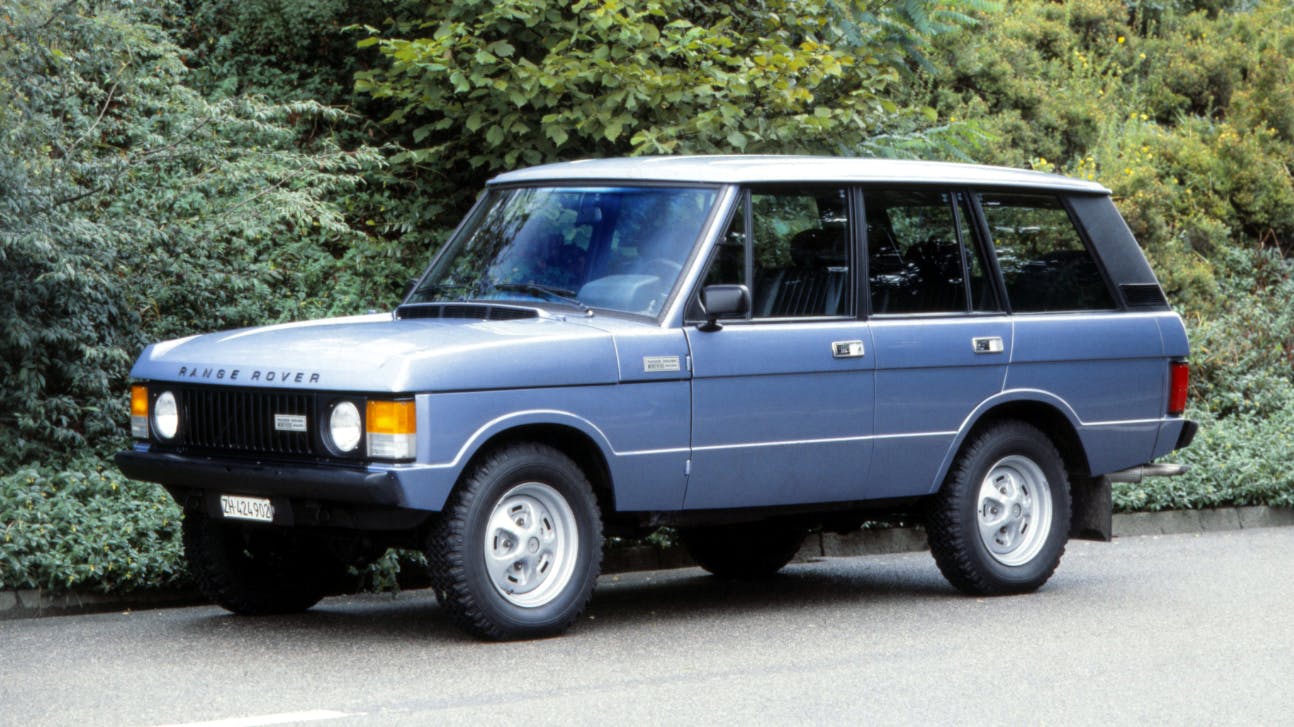

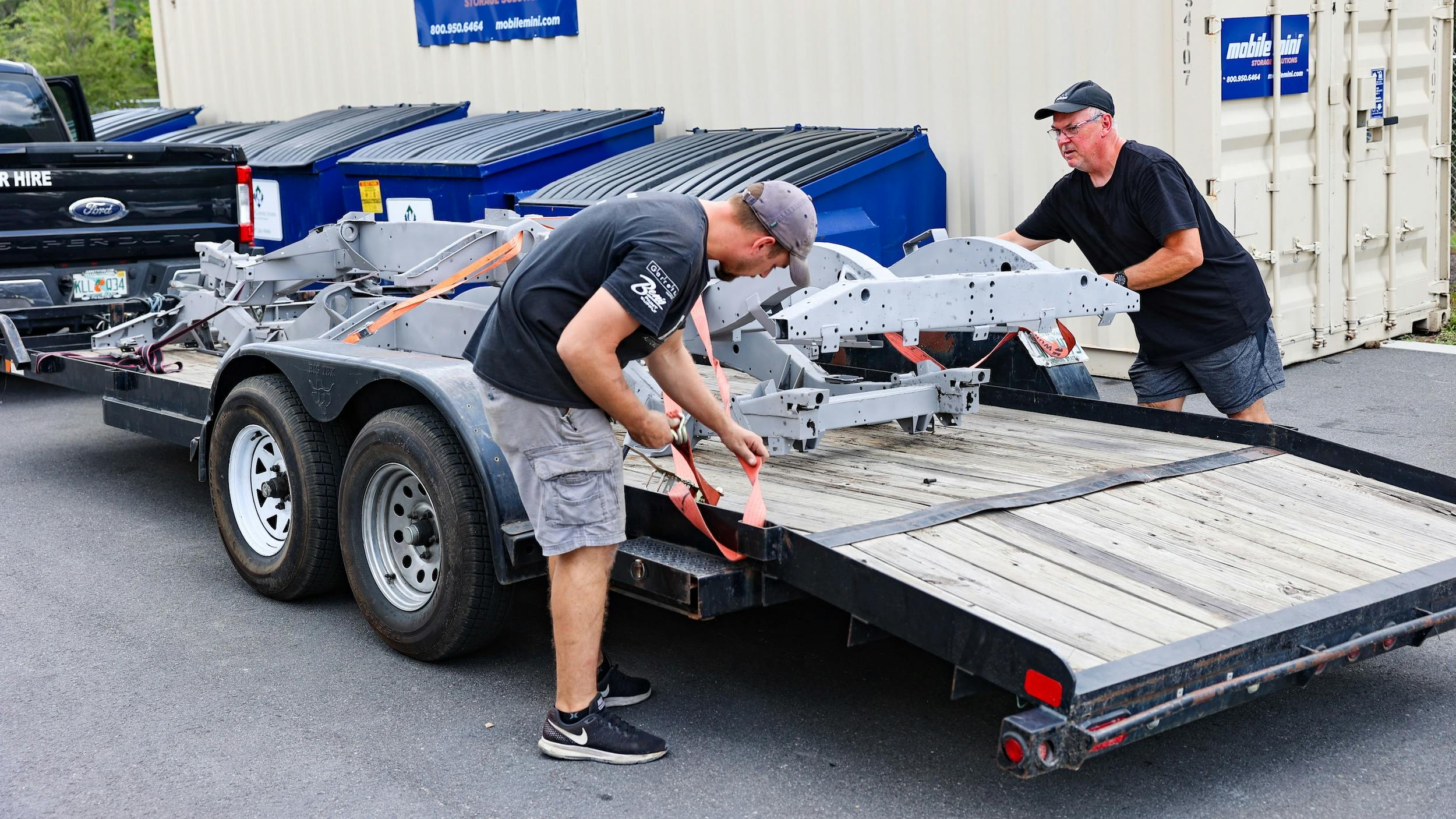
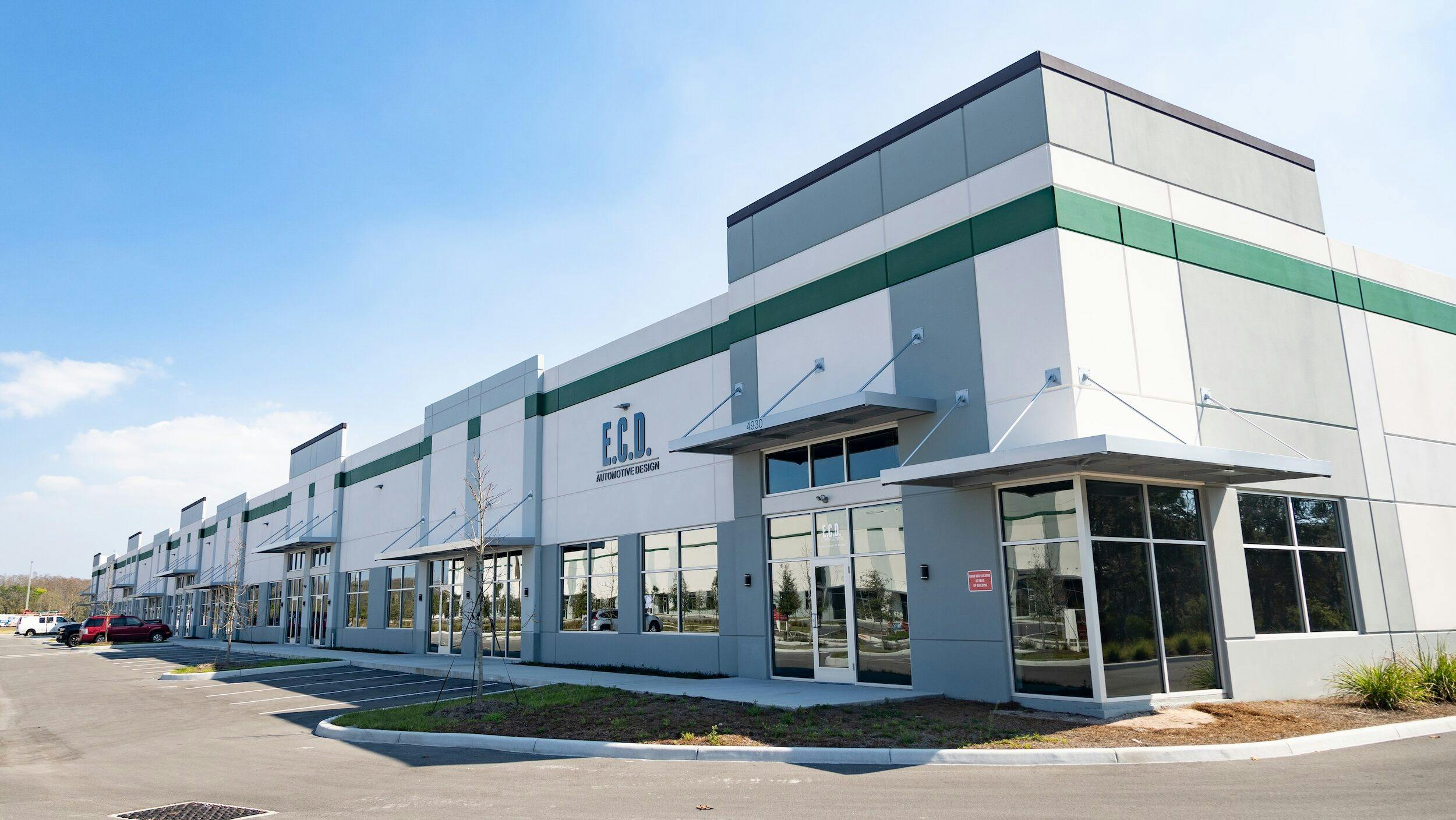
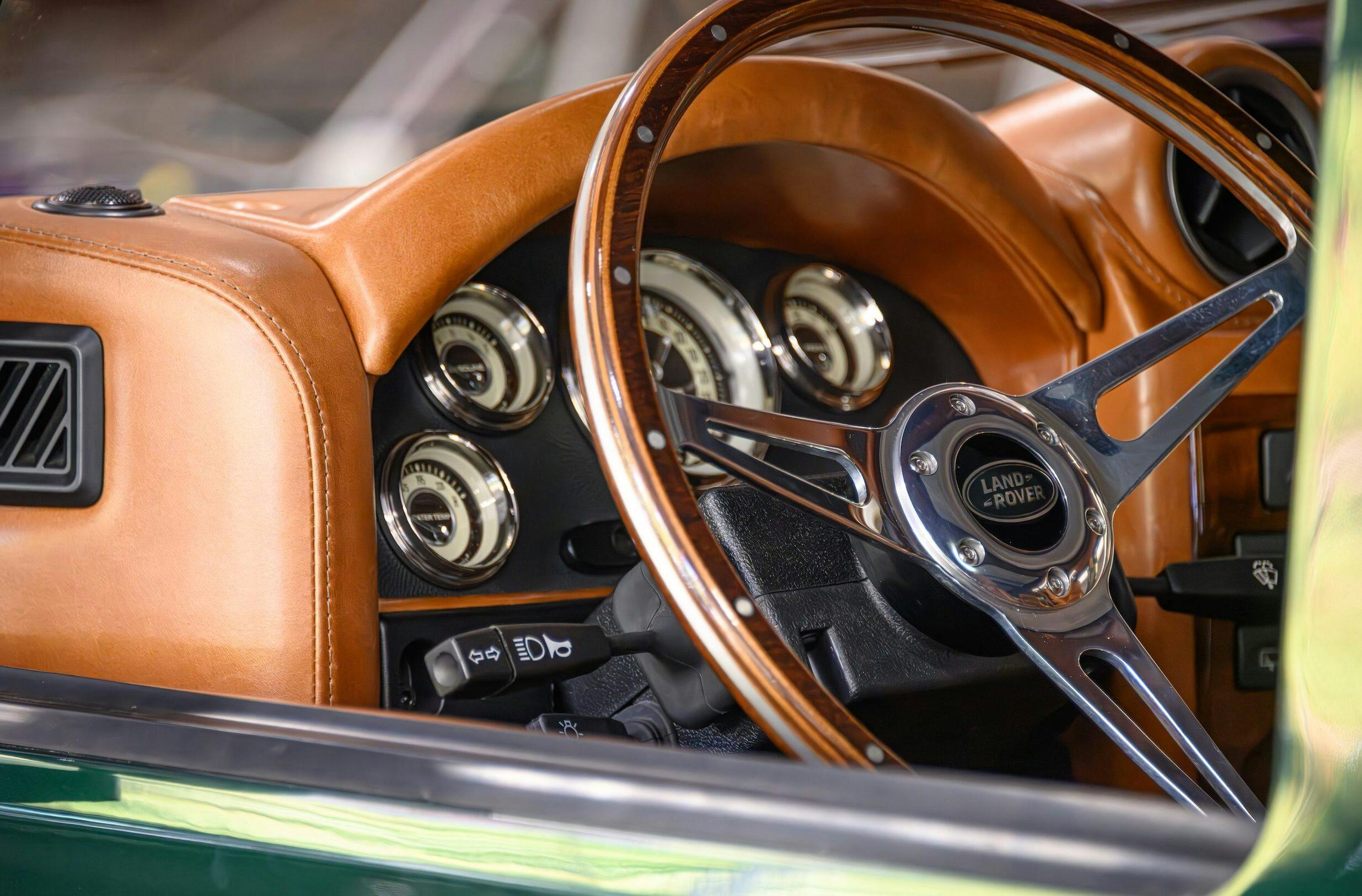
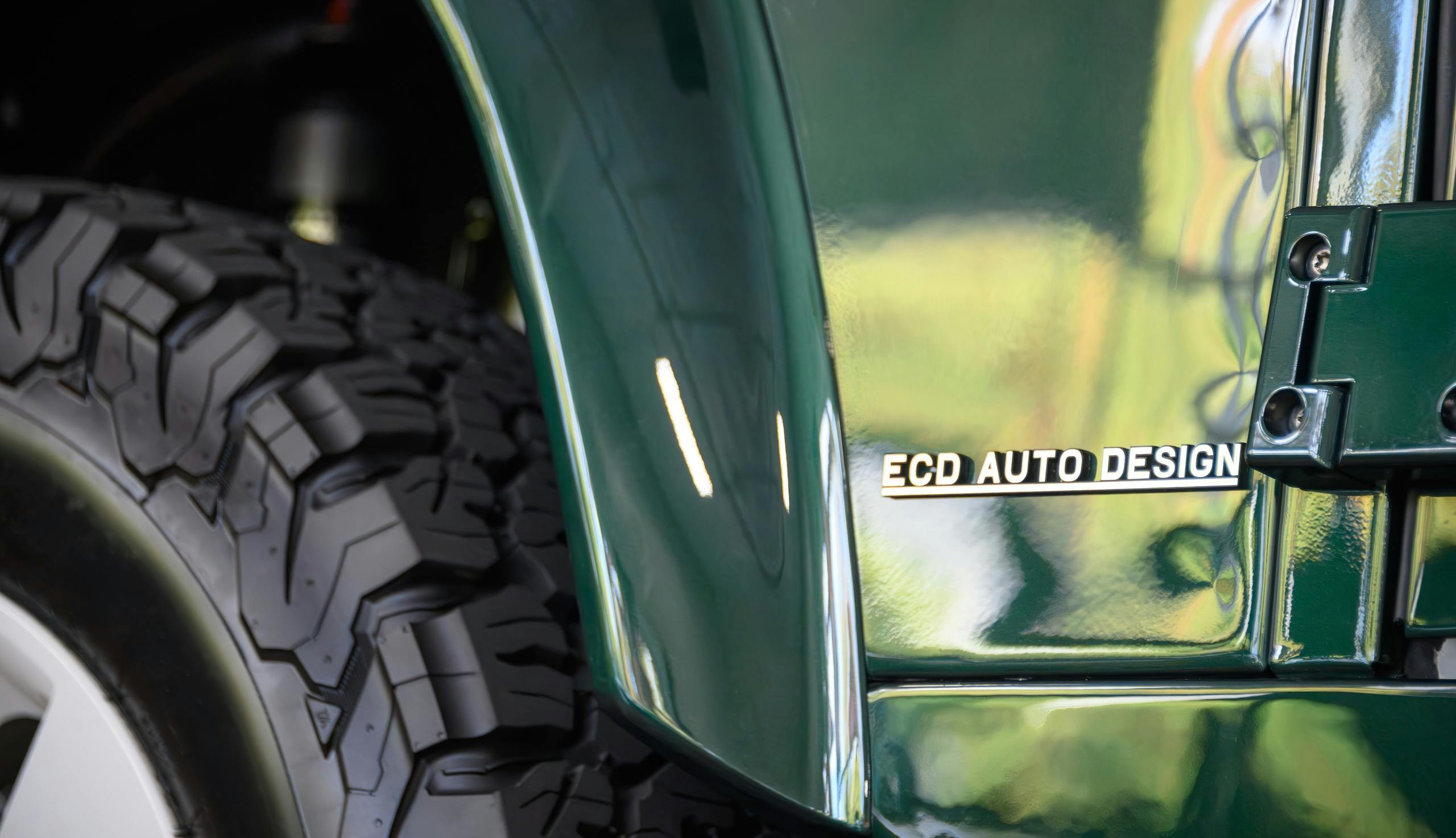
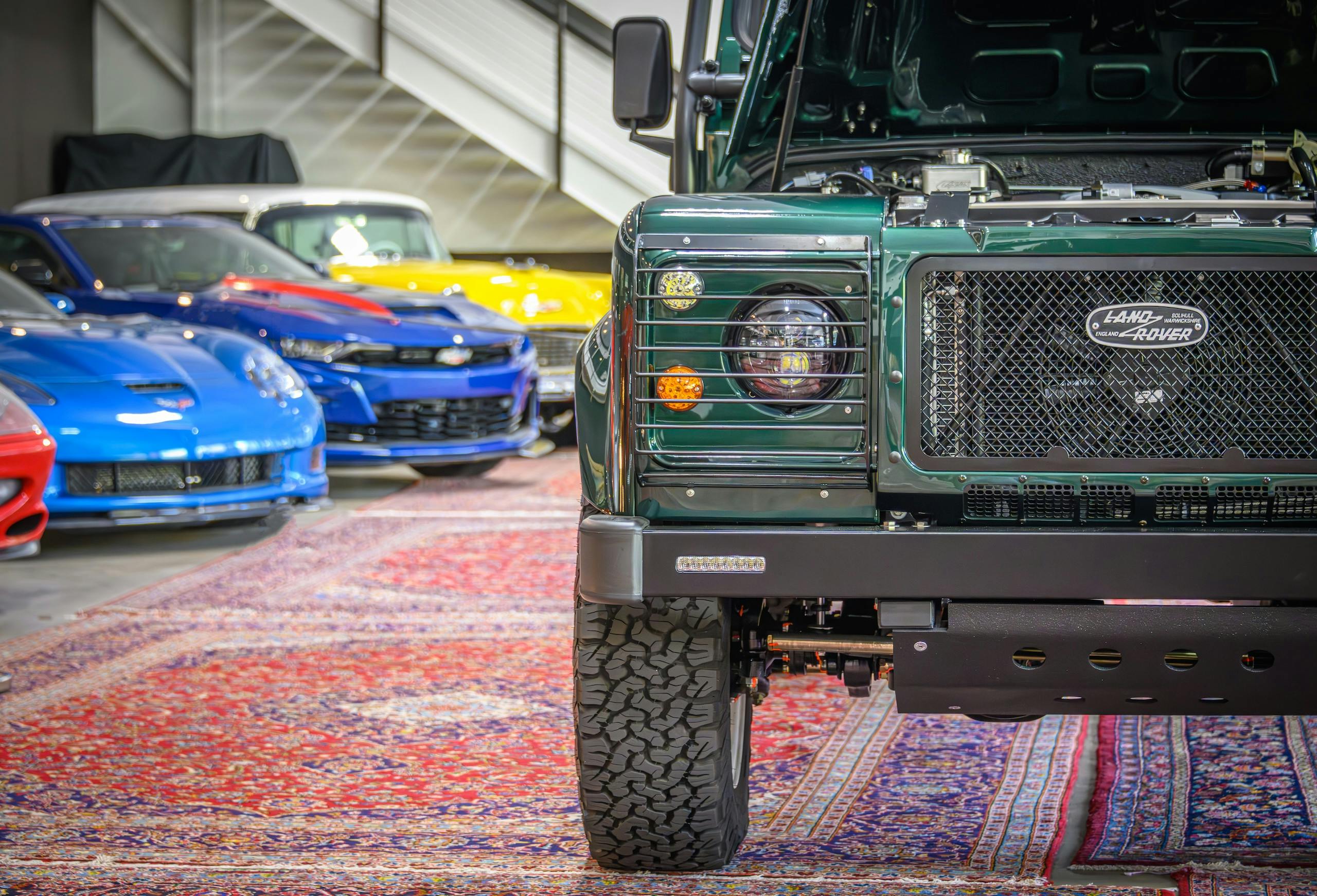
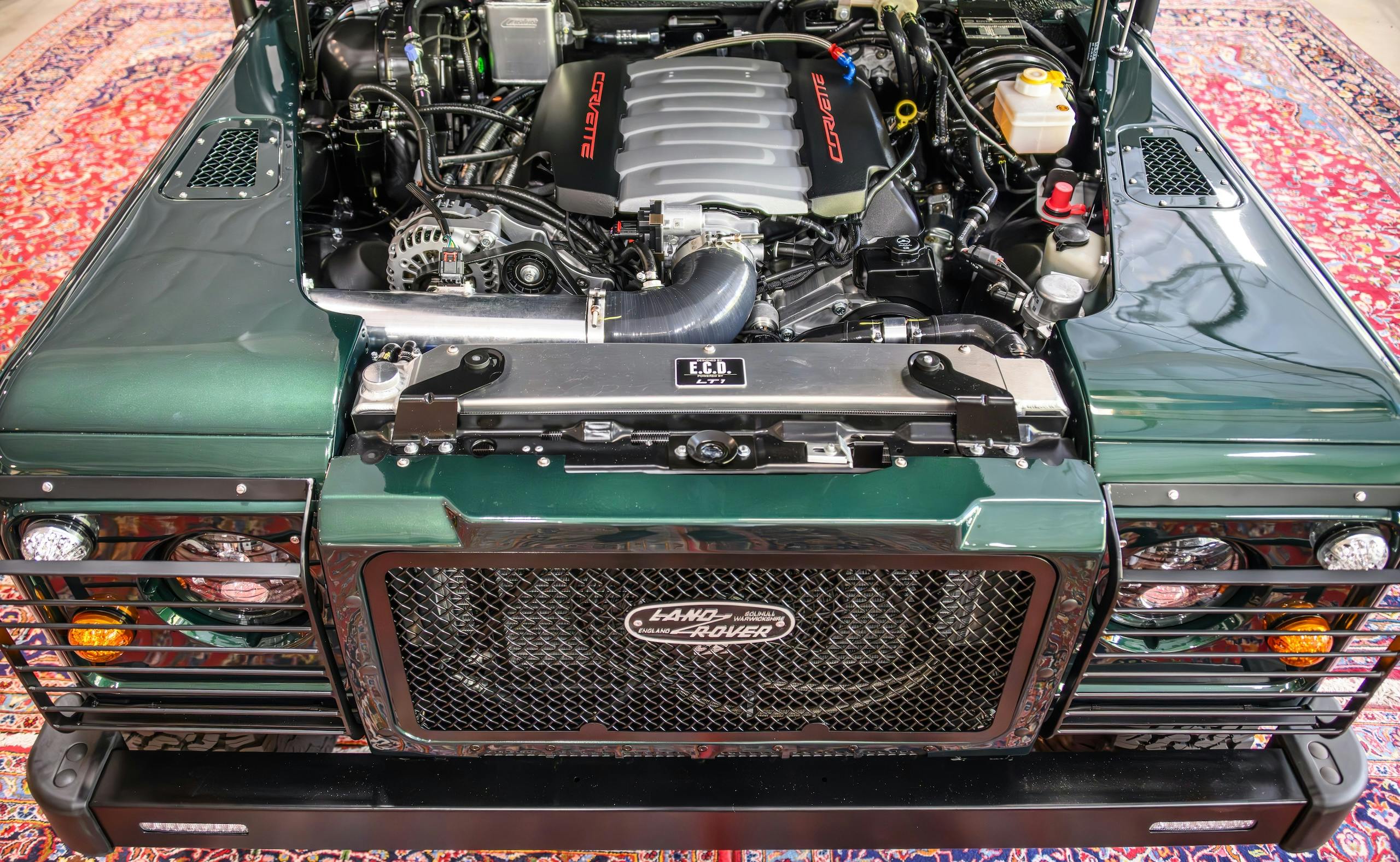
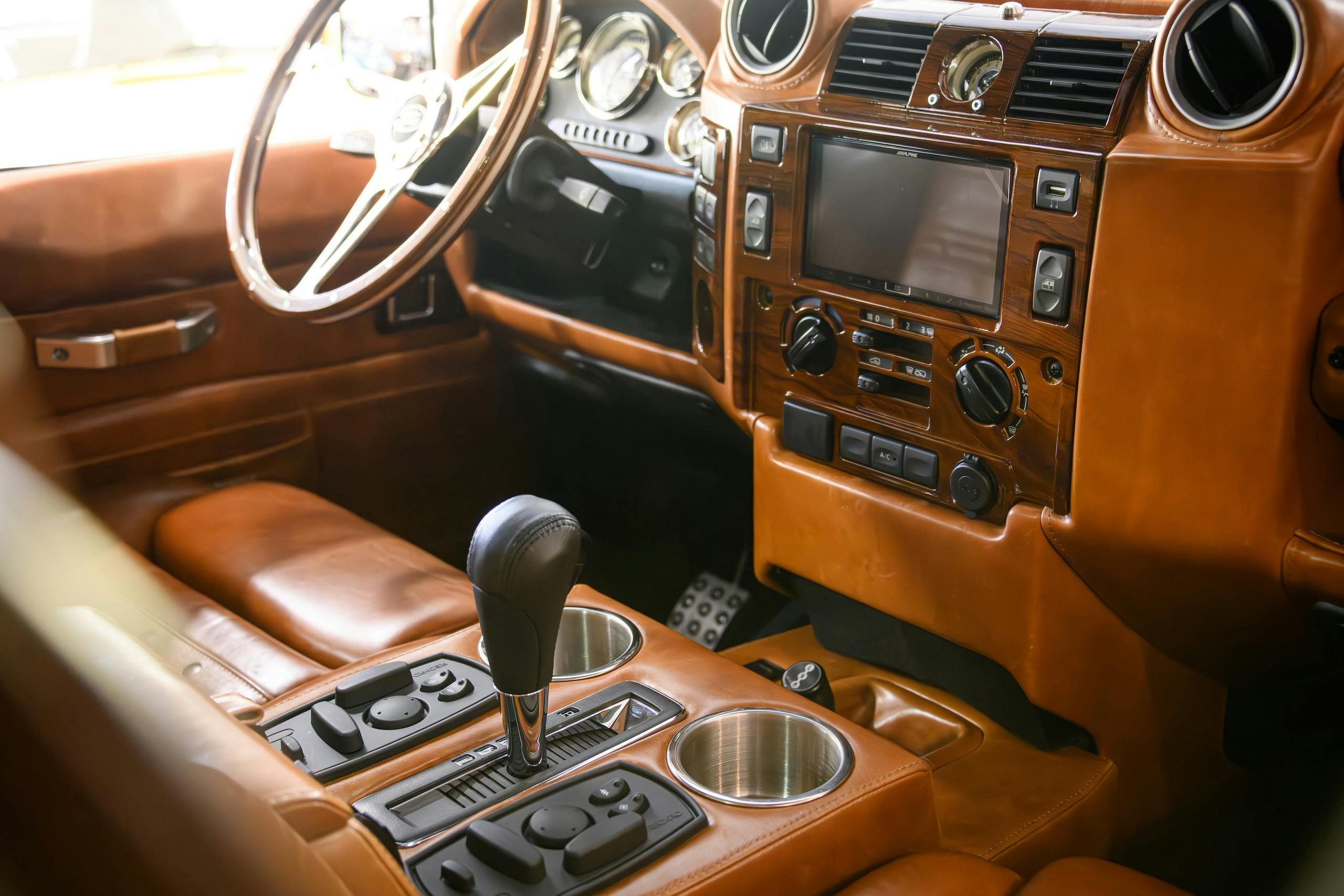
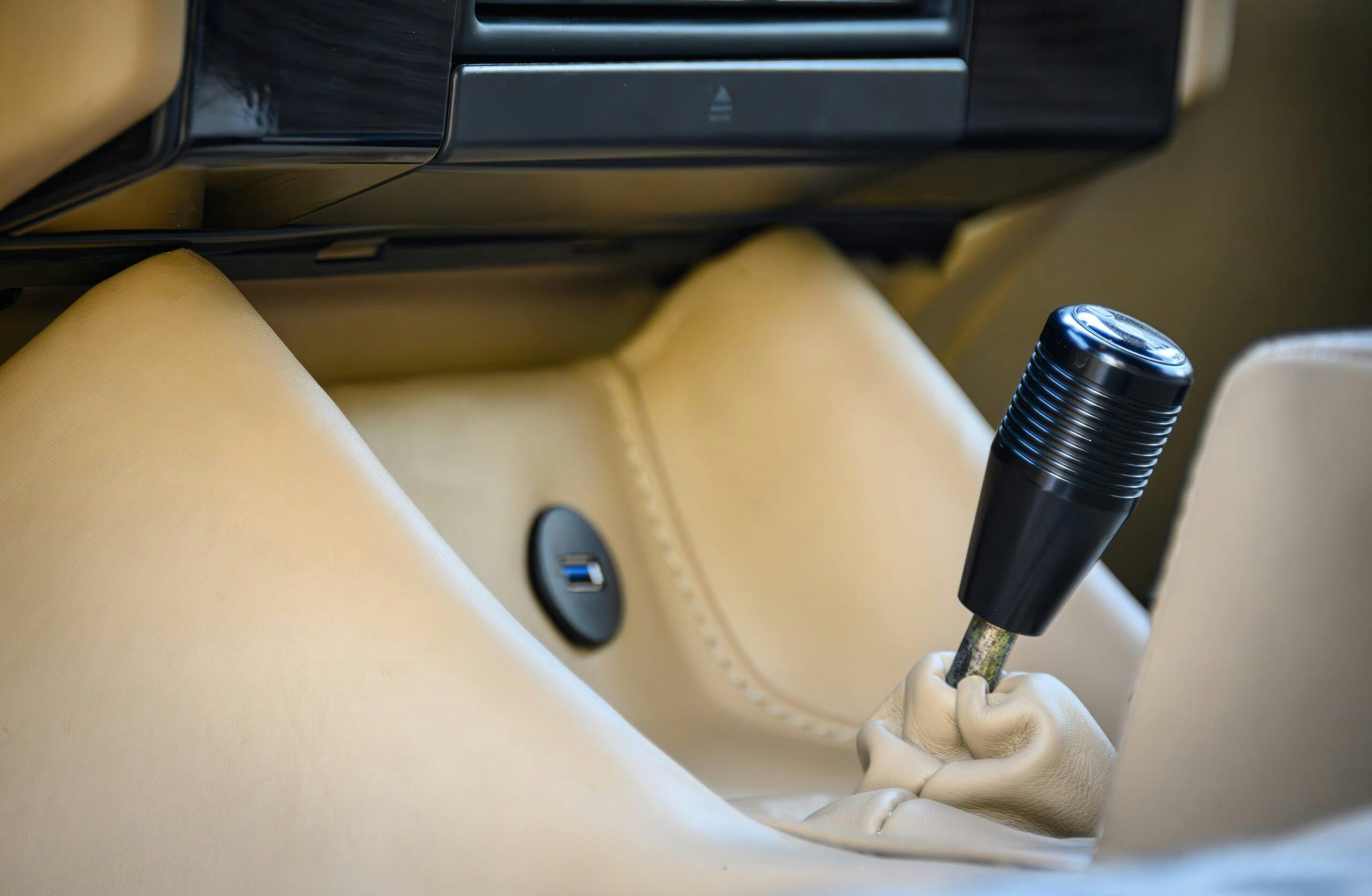
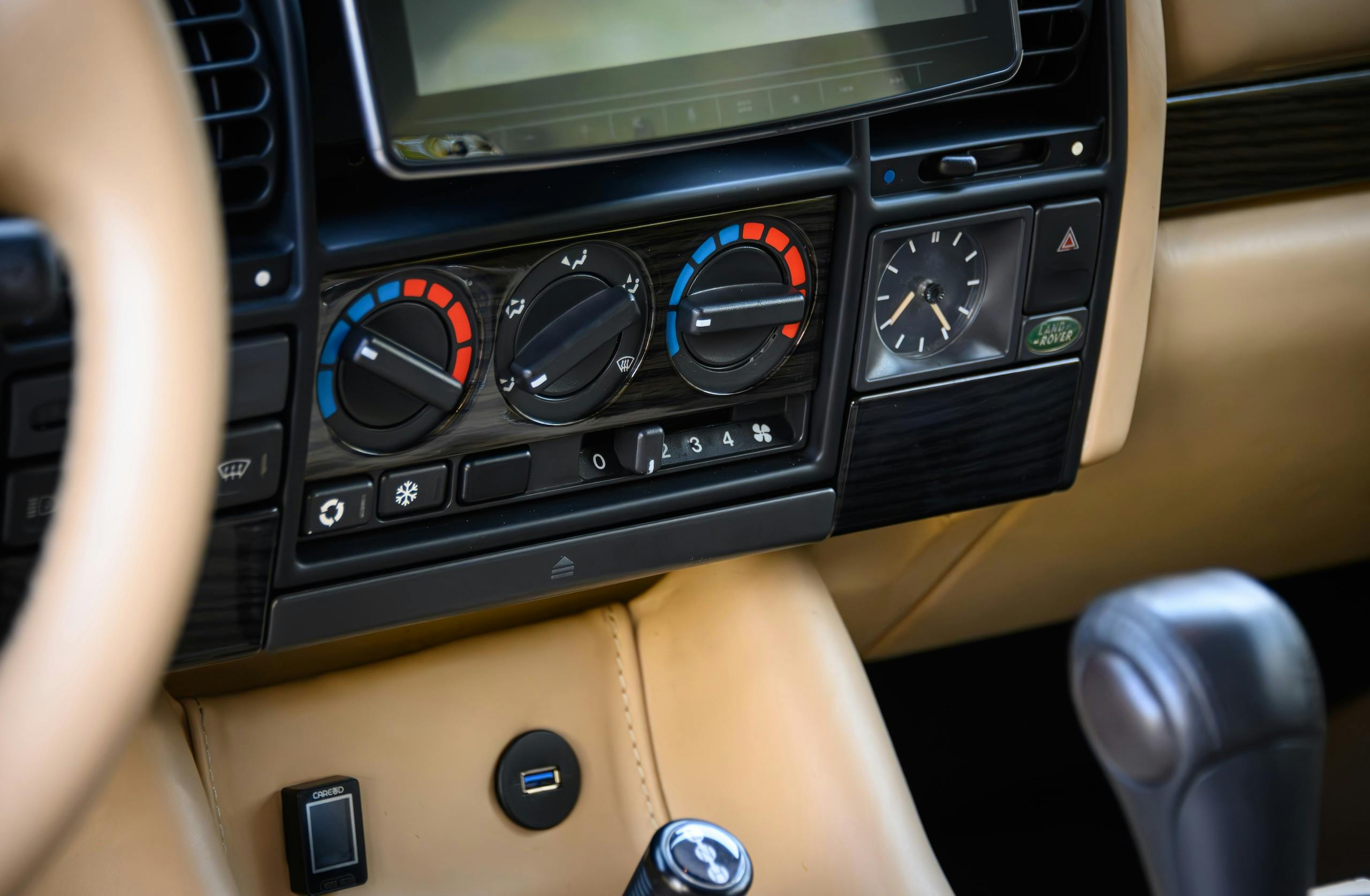
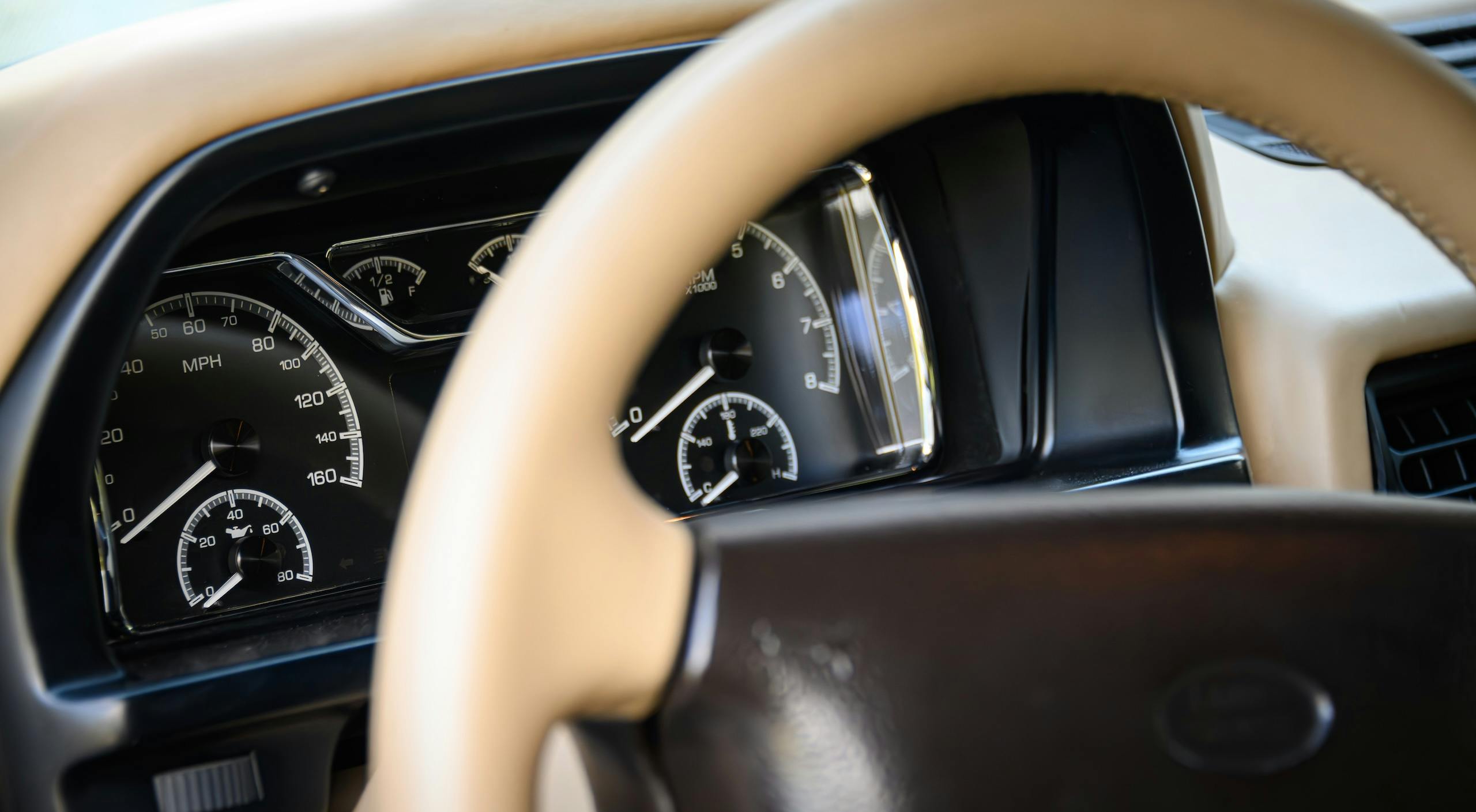

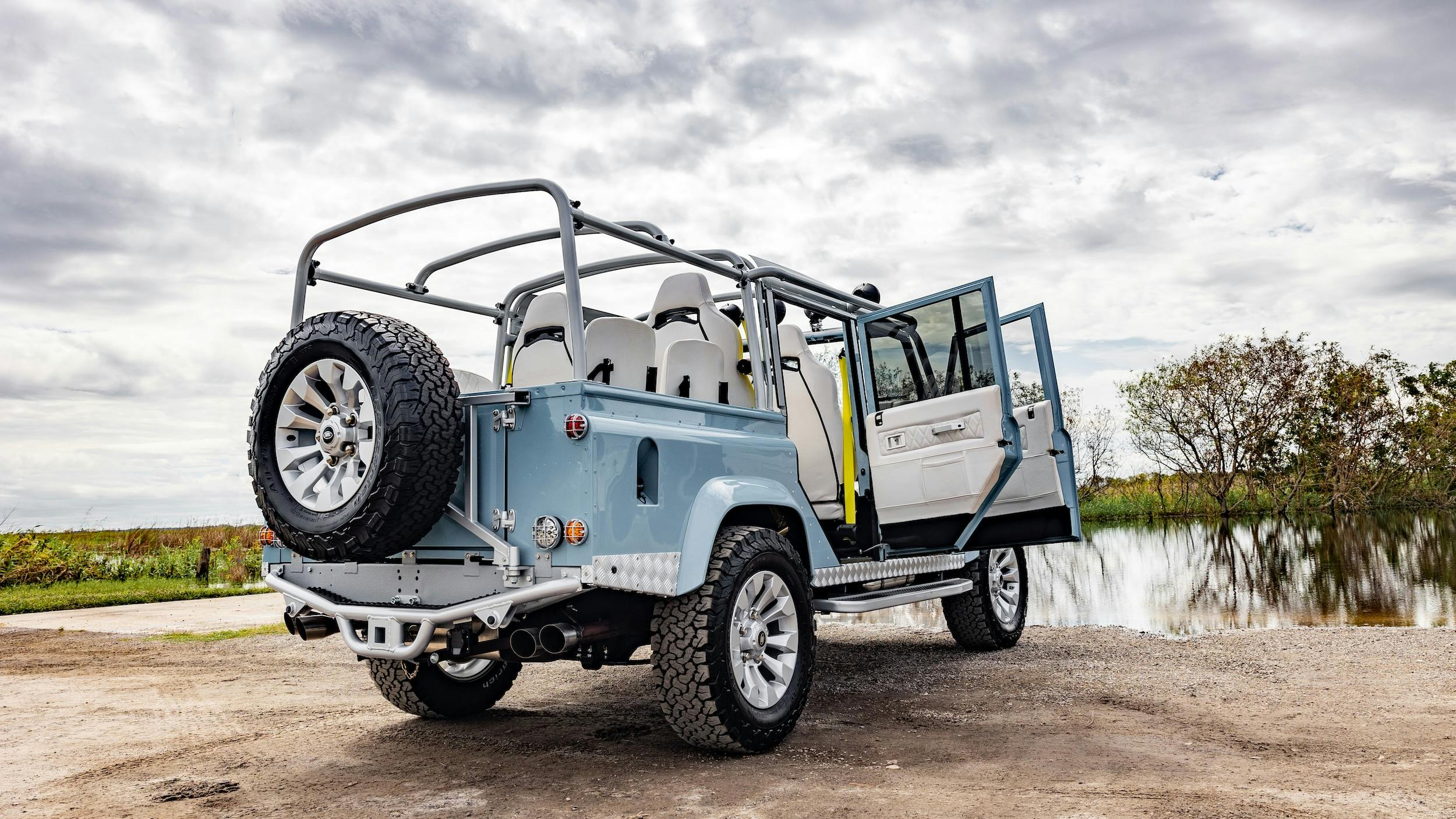
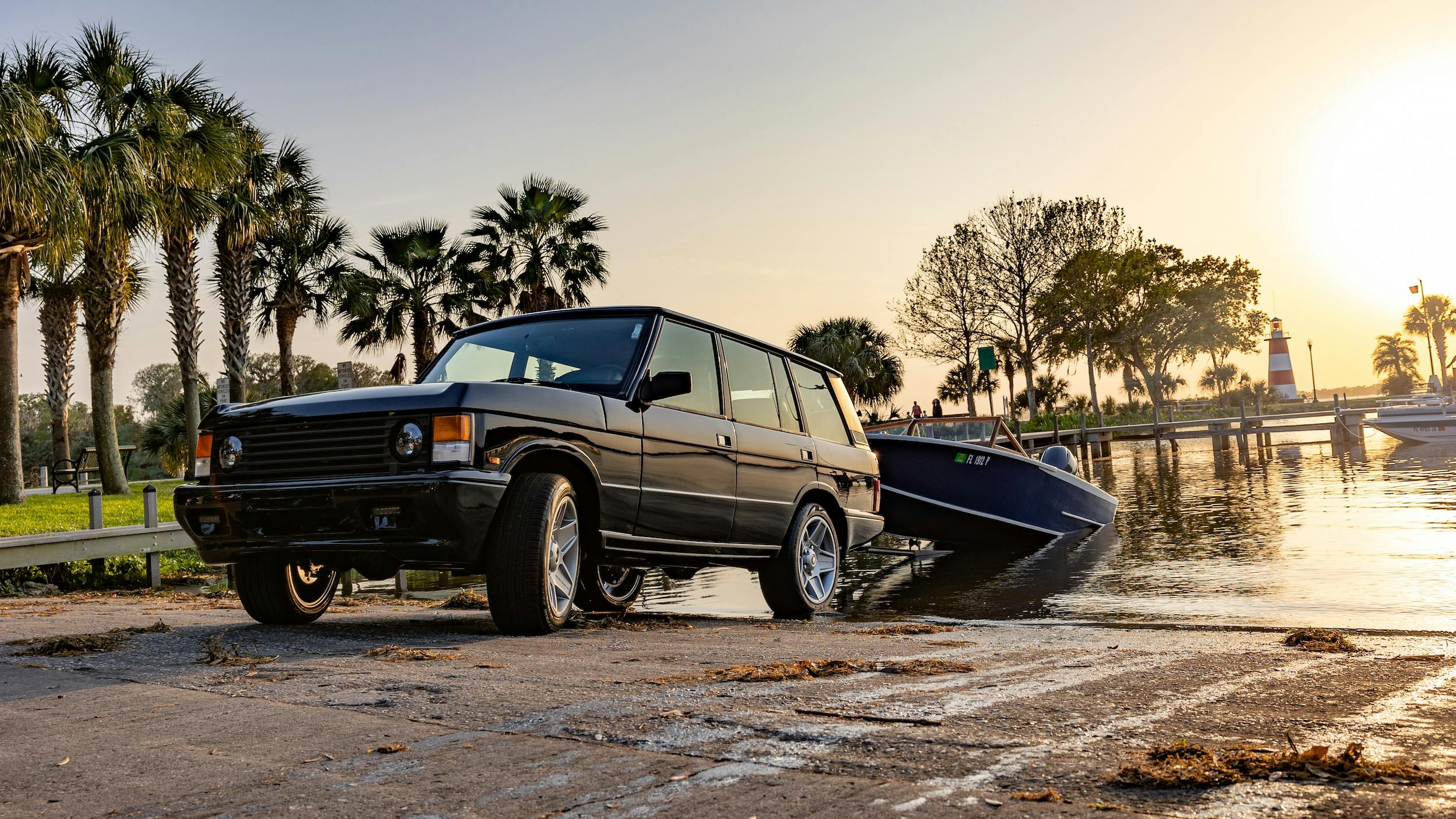






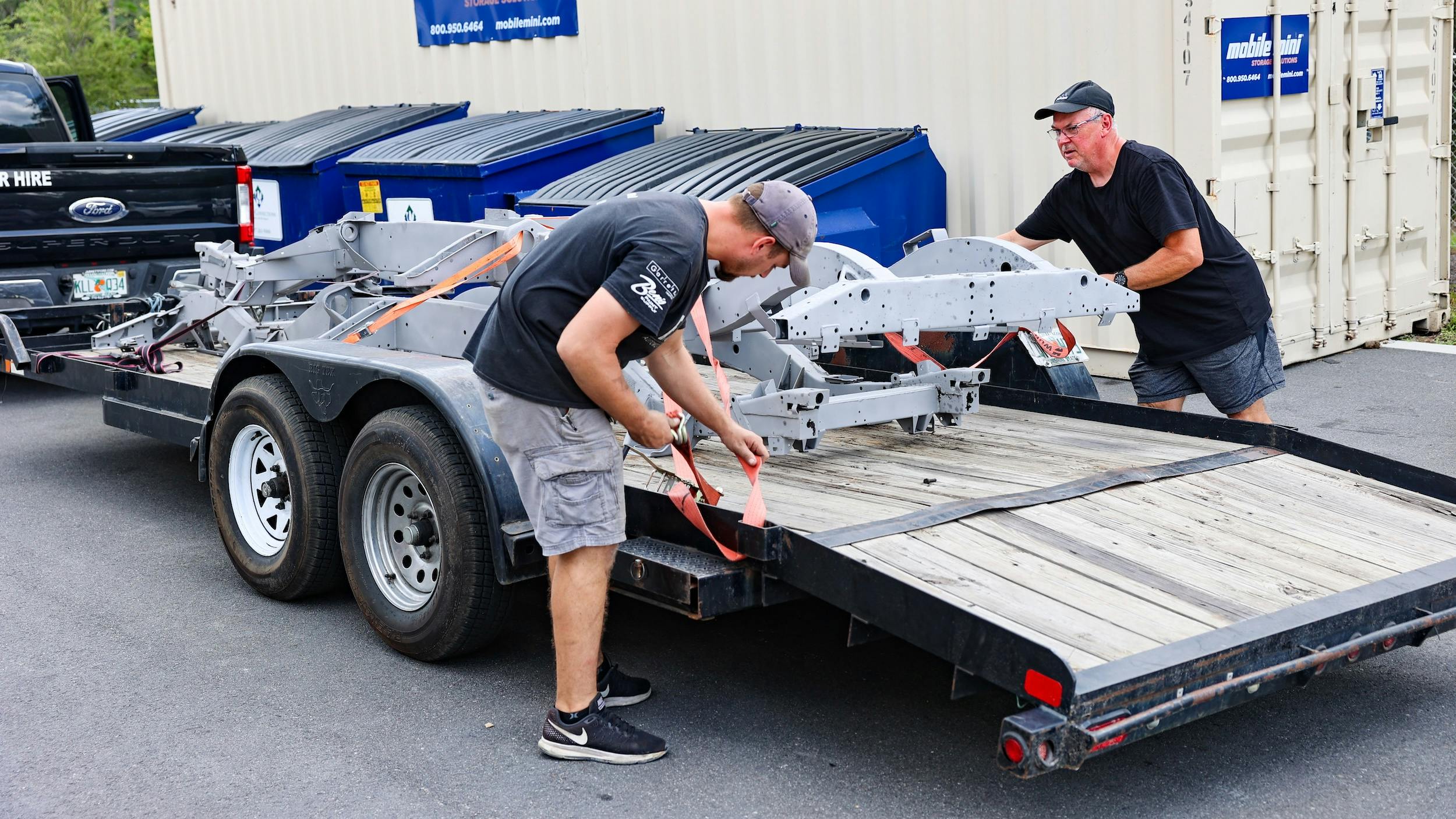











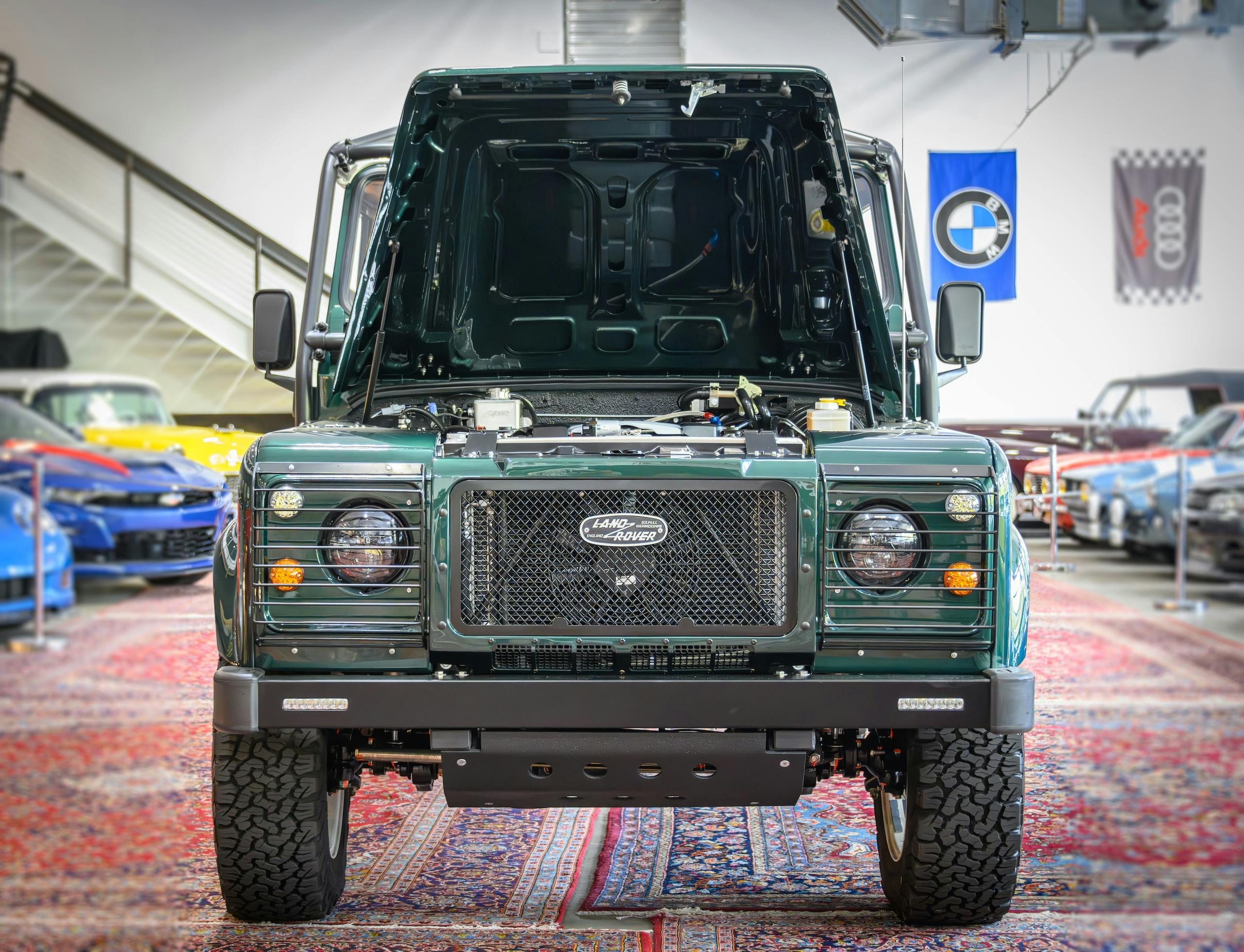
Dare I ask what do these things cost. Modern Chevy V8 and other upgrades does sound nice.